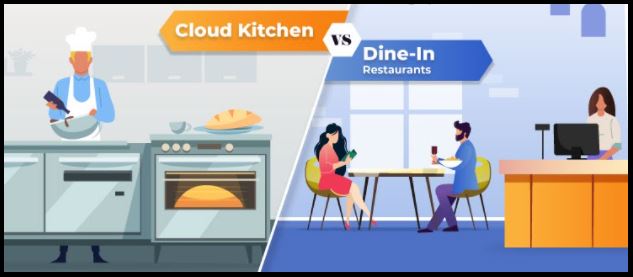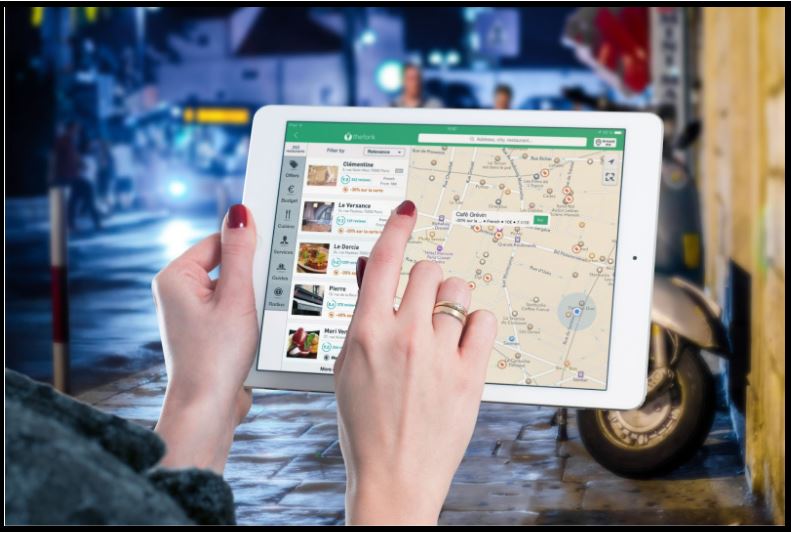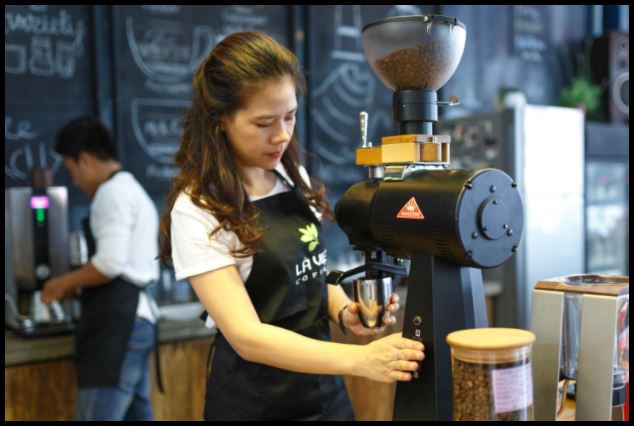In India, two well-known food aggregators are currently in the game and those are Zomato and Swiggy.
Zomato started in 2008 and from then it has marked its spot in the market. Zomato is present in over 10,000 cities across the globe with over 1.4m active restaurants on our platform. So, trusting a food delivery partner of such a kind is easy.
Zomato charges a commission of 17%-26% on all orders placed through Zomato. In order to be consistently at the top of the search, you can do advertisements on Zomato platforms.

The most important documents required to tie up with food aggregators are –
- PAN card details
- GST details
- FSSAI license
- GST number
- Permanent address
Cloud kitchen owners can tie up their kitchen with Zomato by following the steps below –
- Visit Zomato.com and scroll down till the end of the page. At the footer, you will find a tag called “Add a restaurant”.
- After clicking on that, a form will appear asking for the basic details. Fill it up.
- Once all the details have been filled in by you, click on the “Add restaurant” button.
- These are some of the basic details asked by them in the form.
a) Restaurant name
b) State/City
c) Contact details
d) Owner details
e) Restaurant status
f) Type of cuisine
g) Operational timings
h) Restaurant personal credentials(website link, email id, contact details)
I) Mode of payments
5. Your kitchen listing is now completed.

6. A Zomato sales representative will contact you to verify all your documents before making your kitchen live in Zomato.
Swiggy is India’s largest and highest-valued online food ordering and delivery platform. It was started in 2014 and has been a great competitor to other food aggregators such as Zomato. Swiggy has a presence in over 500 cities, and 140,000 restaurants on its platform, and 2.1 lakh active delivery partners.

Swiggy charges a commission of 18%-23% on all orders placed through Swiggy. It also provides restaurant owners the platform to advertise their restaurant and be on top of the user’s search list.

Cloud kitchen owners can tie-up their kitchen with Swiggy by following the steps below.
- Visit Swiggy.com and scroll down to the footer of the page and click on the option of “Partner with Us”.
- A form will appear on the screen after clicking the option. Fill in the details appropriately.
- The questions asked would be very basic. It includes –
a) Name of your restaurant/cloud kitchen
b) State
c) Pincode
d) Owner details
e) Contact details
4. Once the filling process is completed, click on the submit button.
5. Documents regarding your restaurant/cloud kitchen will be asked in the next step.
- Soft copies of FSSAI, GST, and Trade license should be attached.
- You would require pictures of your restaurant/cloud kitchen. Pictures of the kitchen, dining, and packaging examples should be there in jpeg format.
- Additional information such as website link(if any), type of cuisine, mode of payments, restaurant details is asked to fill up.
6. Some original copies are also required to partner with Swiggy.
a) Menu
b) Cancelled cheque or passbook
c) Takeaway bill
7. A Swiggy sales representative will contact you to verify all your documents before making your kitchen live in Swiggy. Your kitchen would go live within approximately 15 days of registration.
8. After completing all these processes, a confirmation from Swiggy will be received by you. Once the confirmation is received, your kitchen is live. You can start accepting orders now!
I hope this article will help you in partnering your restaurant/cloud kitchen with food aggregators such as Zomato and Swiggy. If the blog is worth enough to read, then do give a thumbs up and share it with your mates. And do comment below your feedback!
Thank you!









